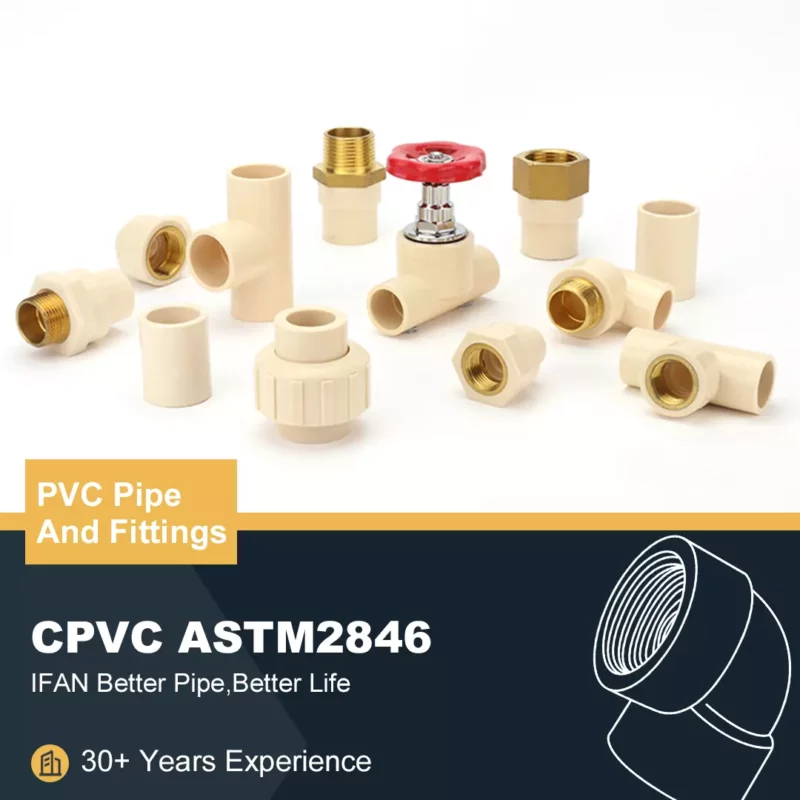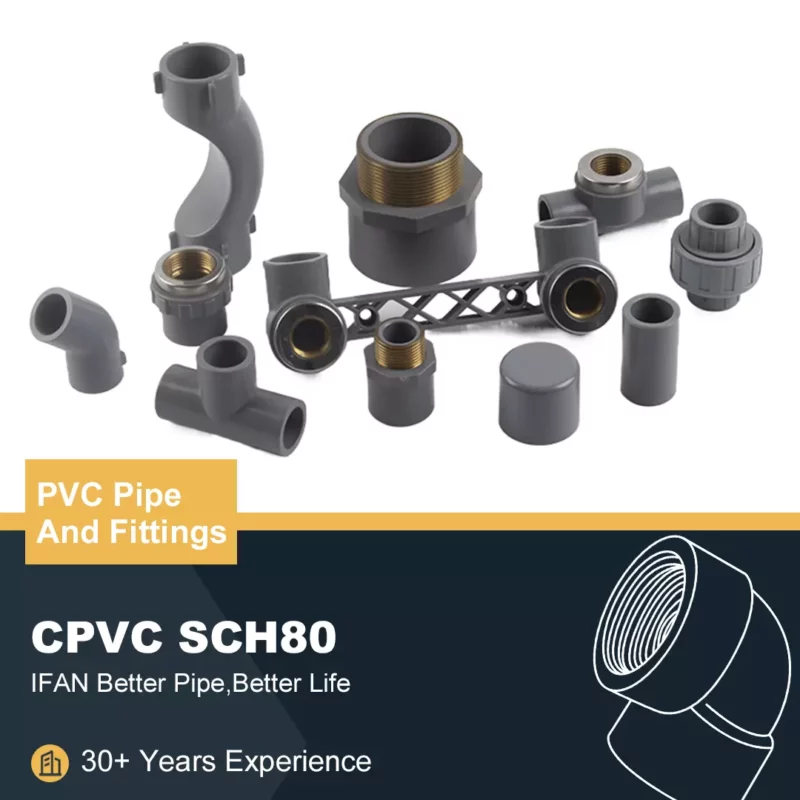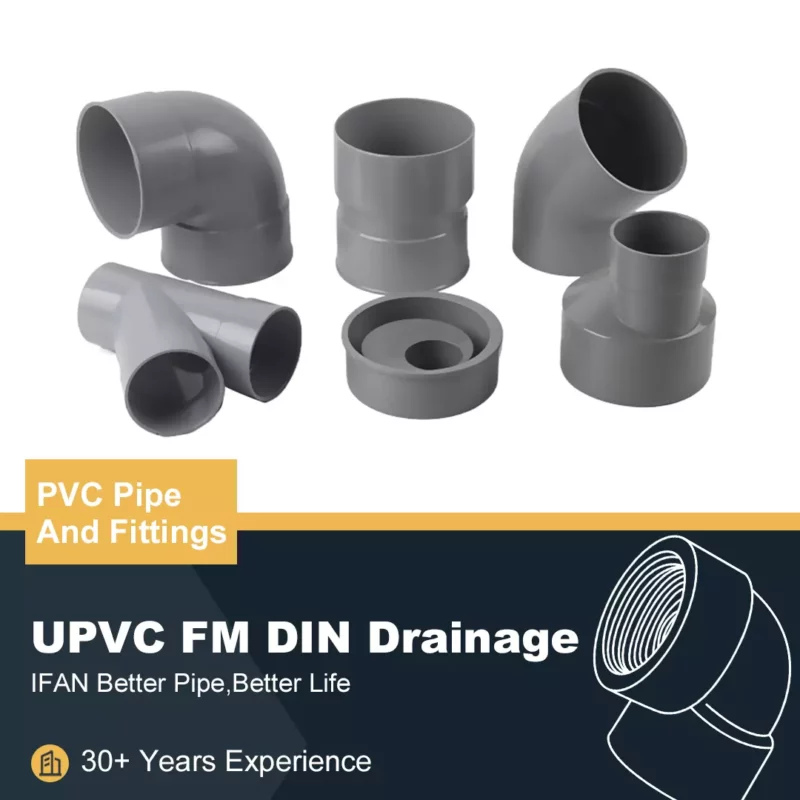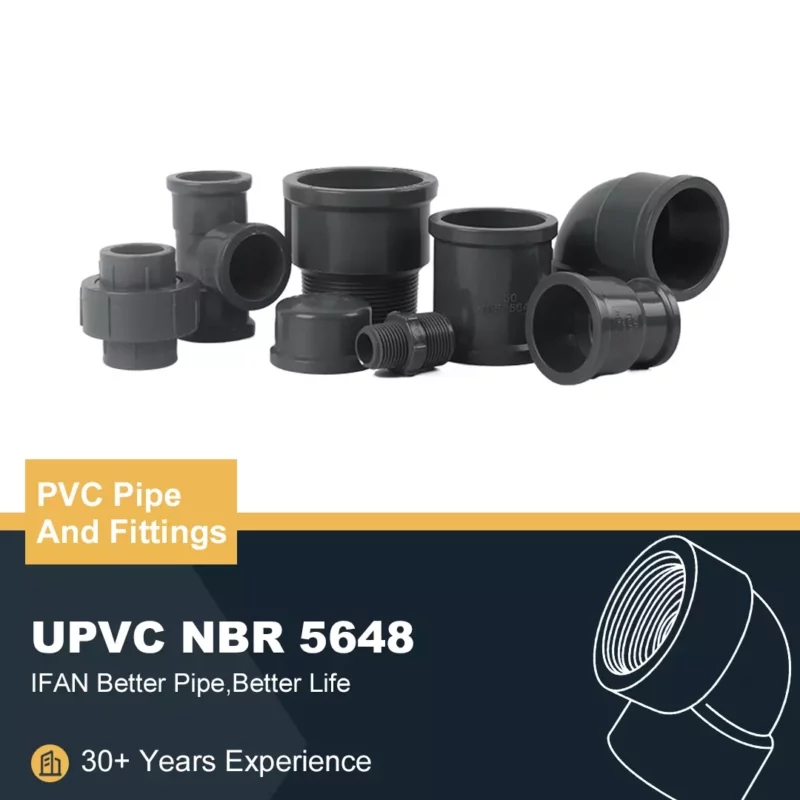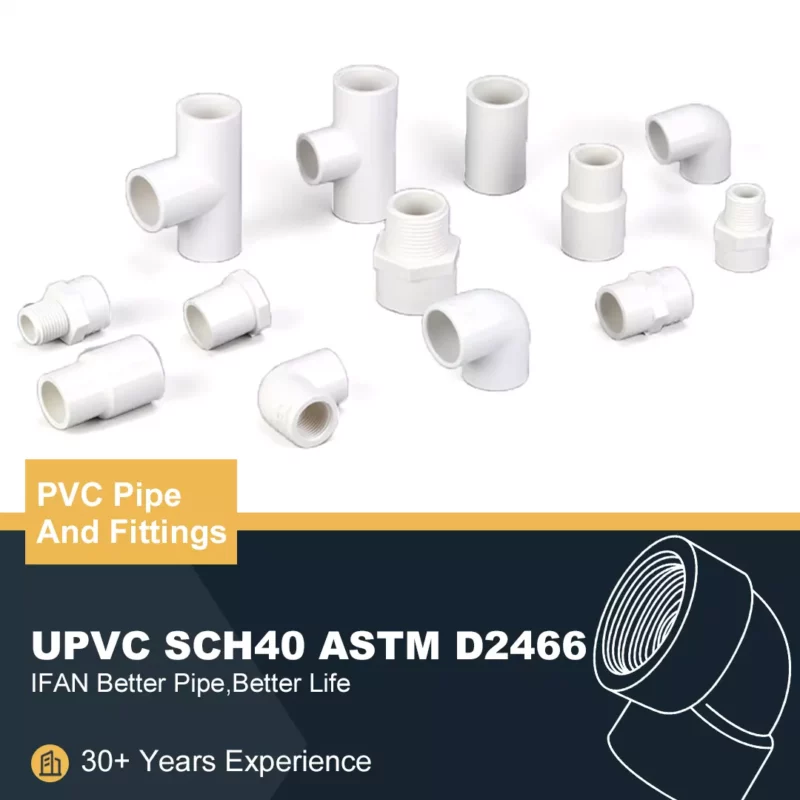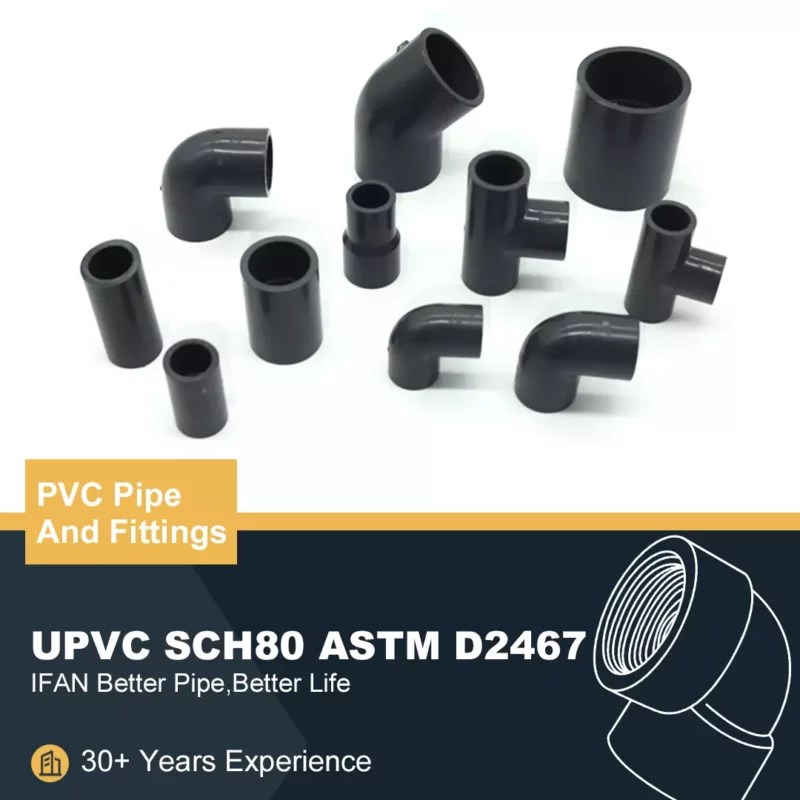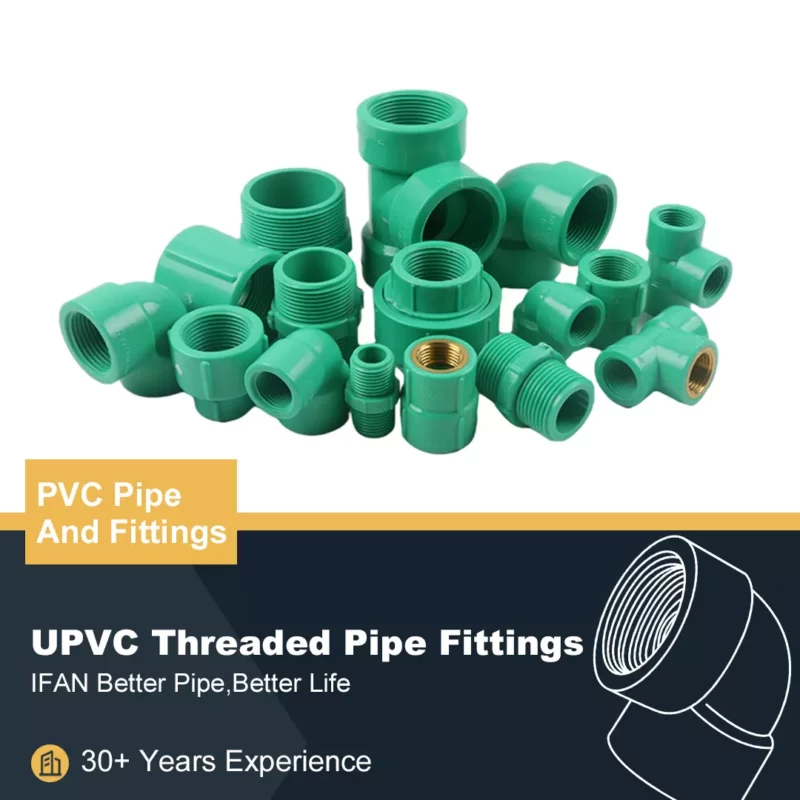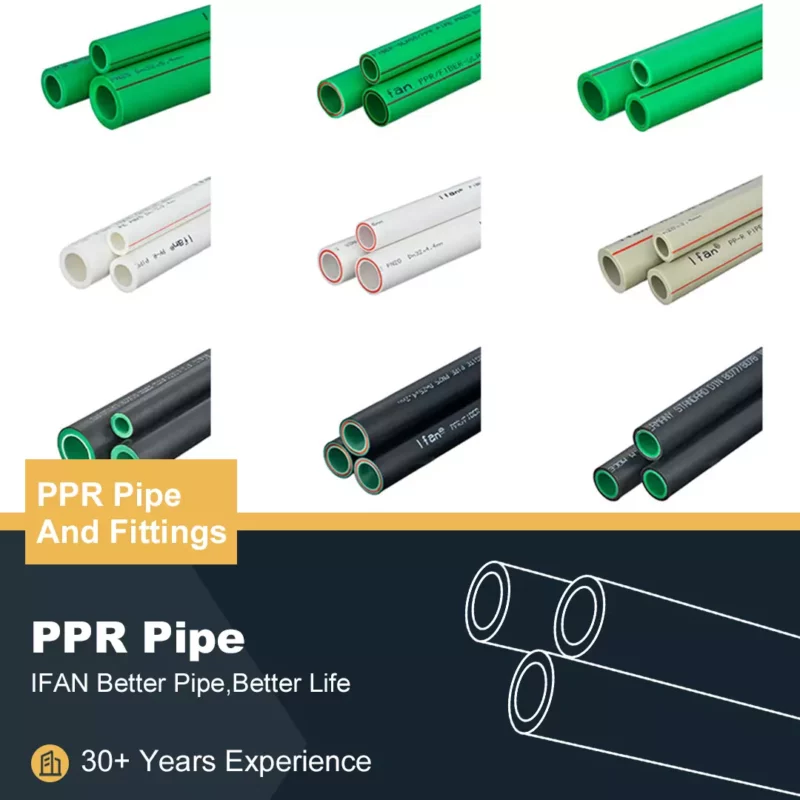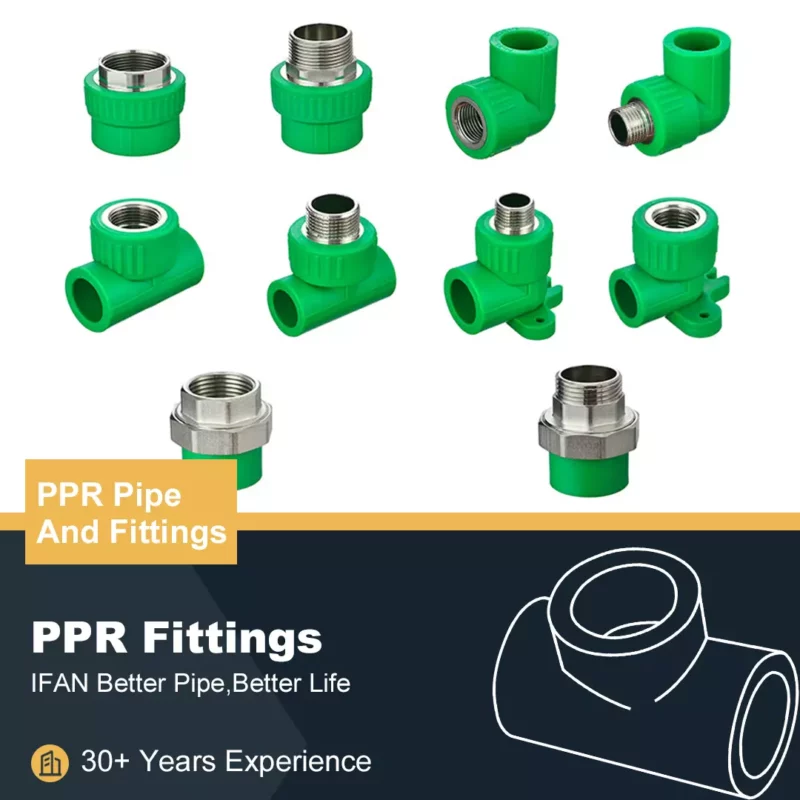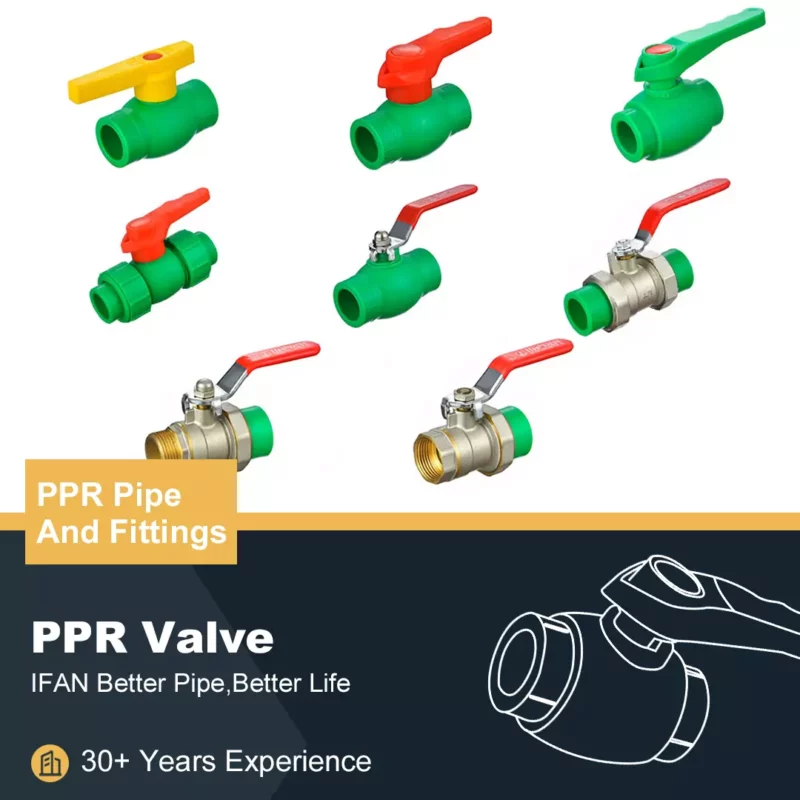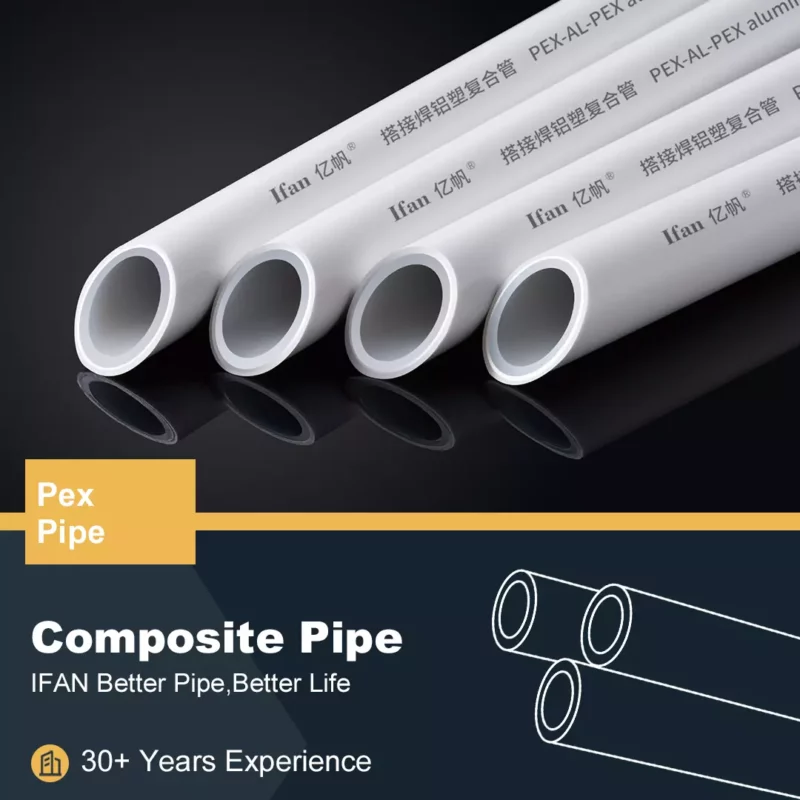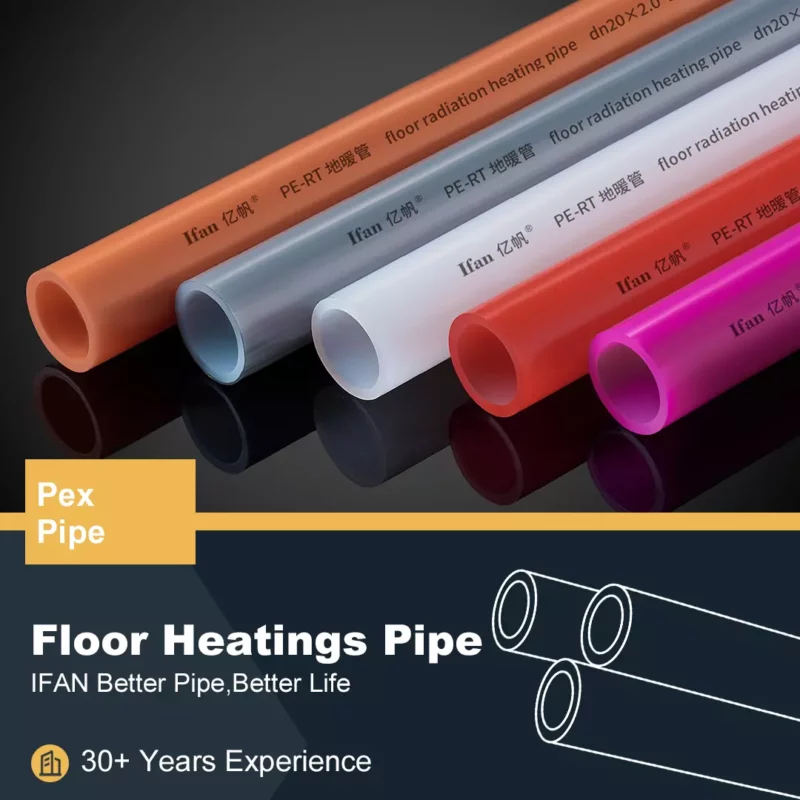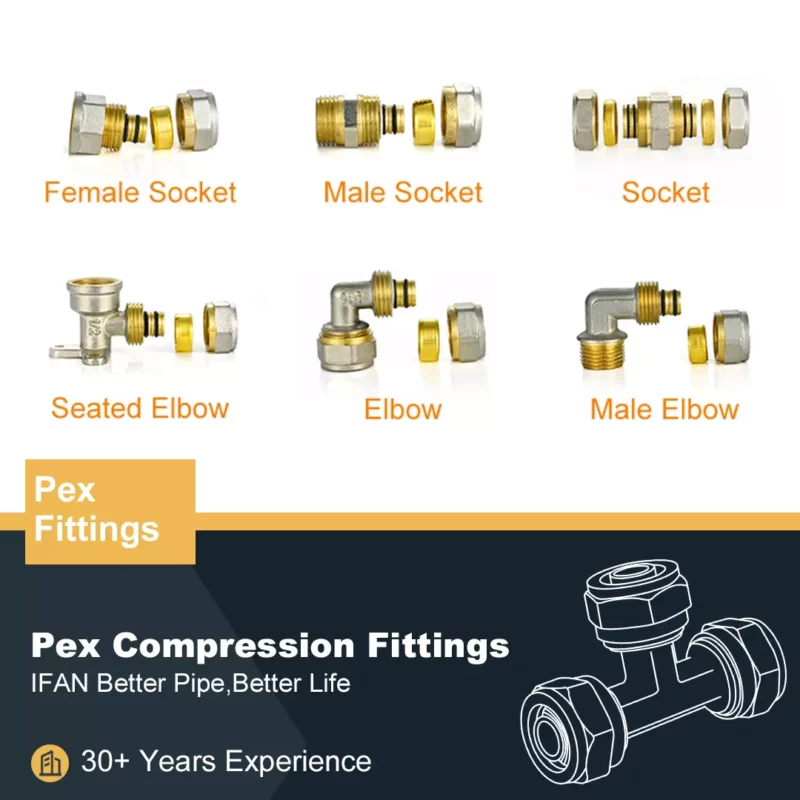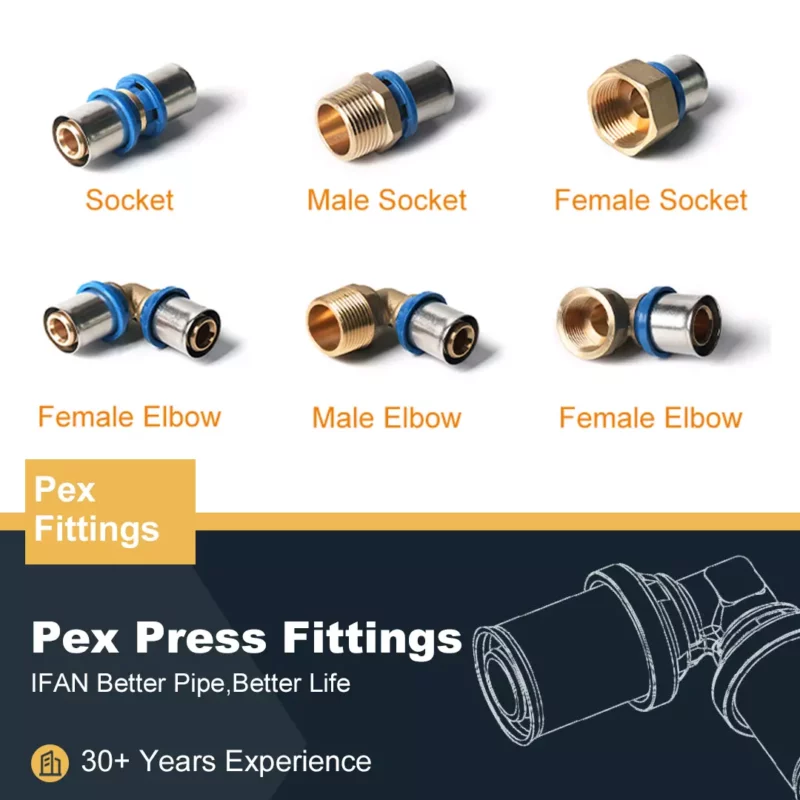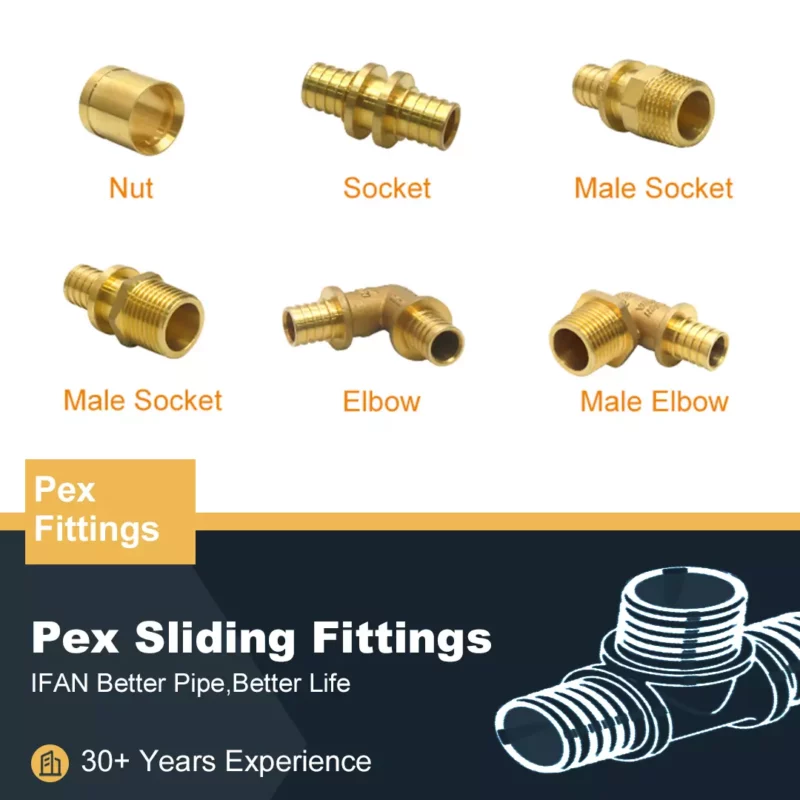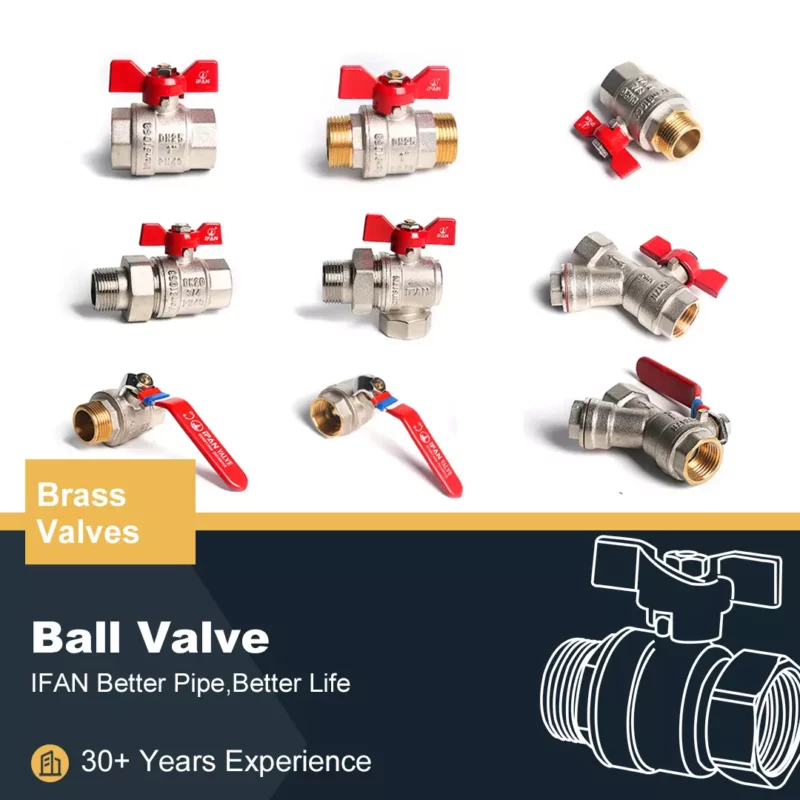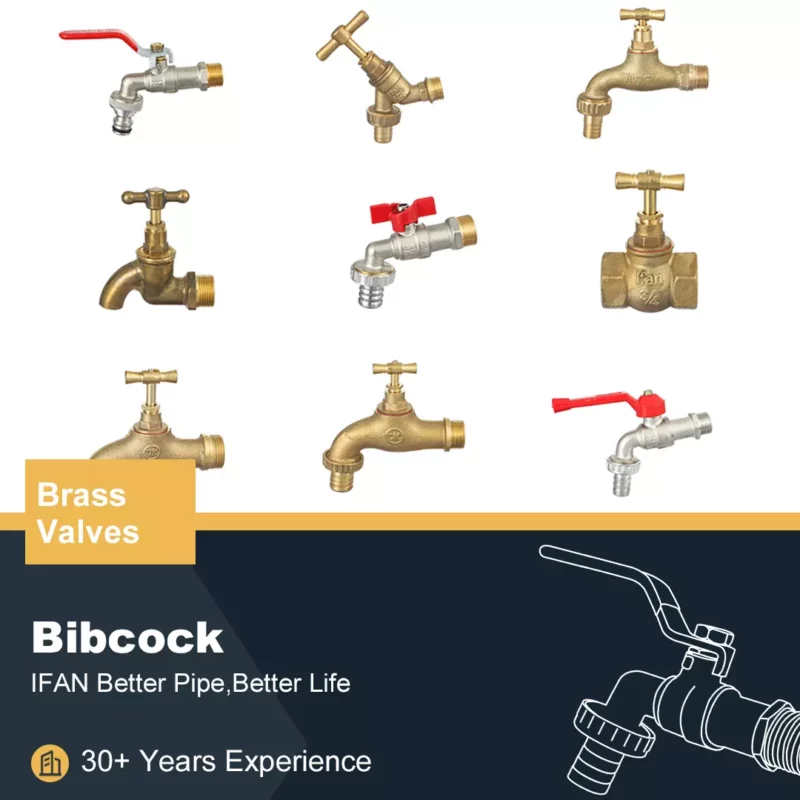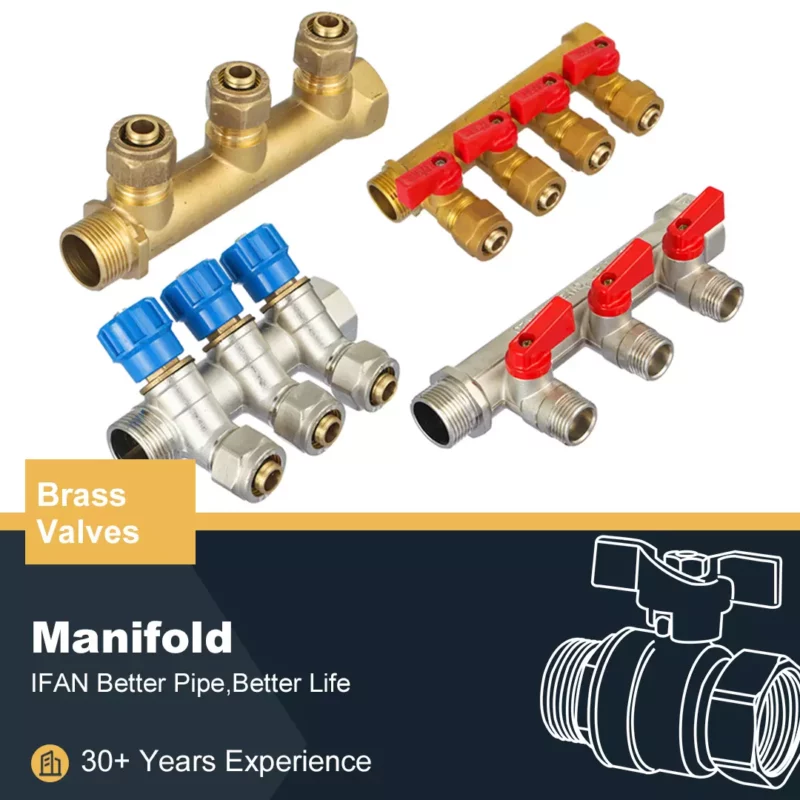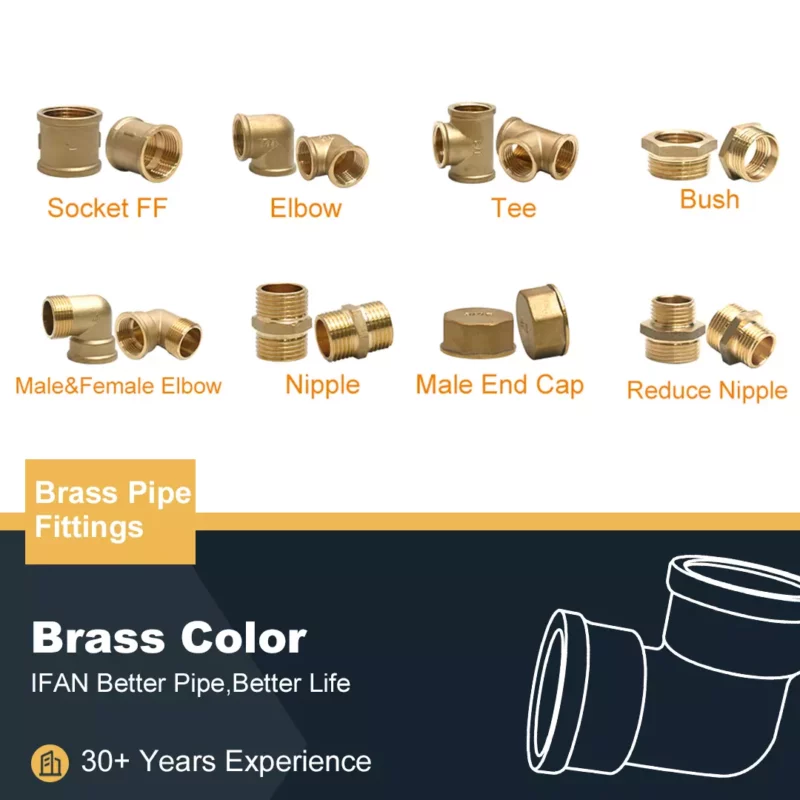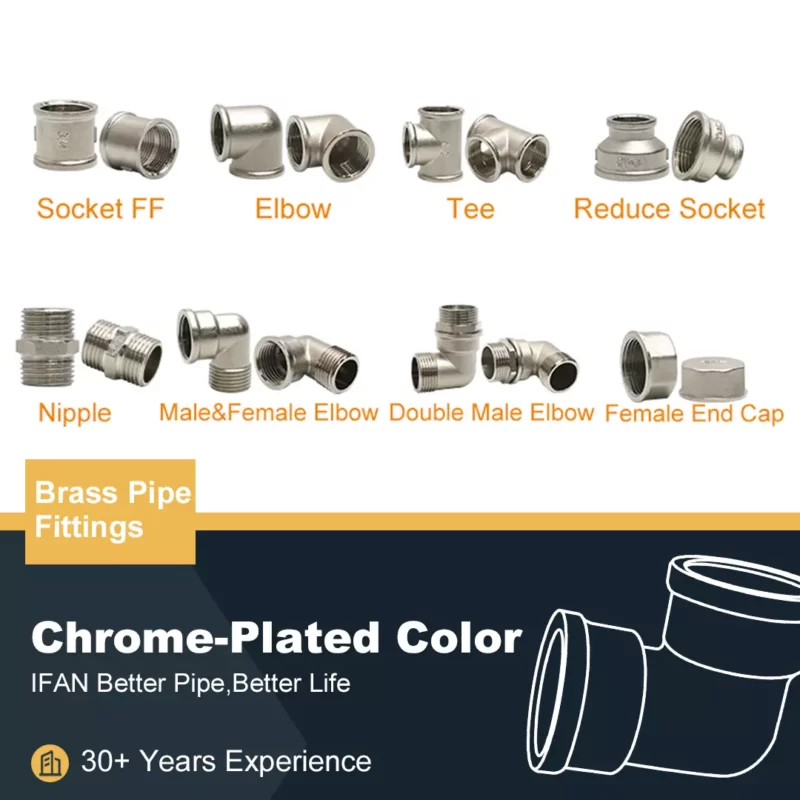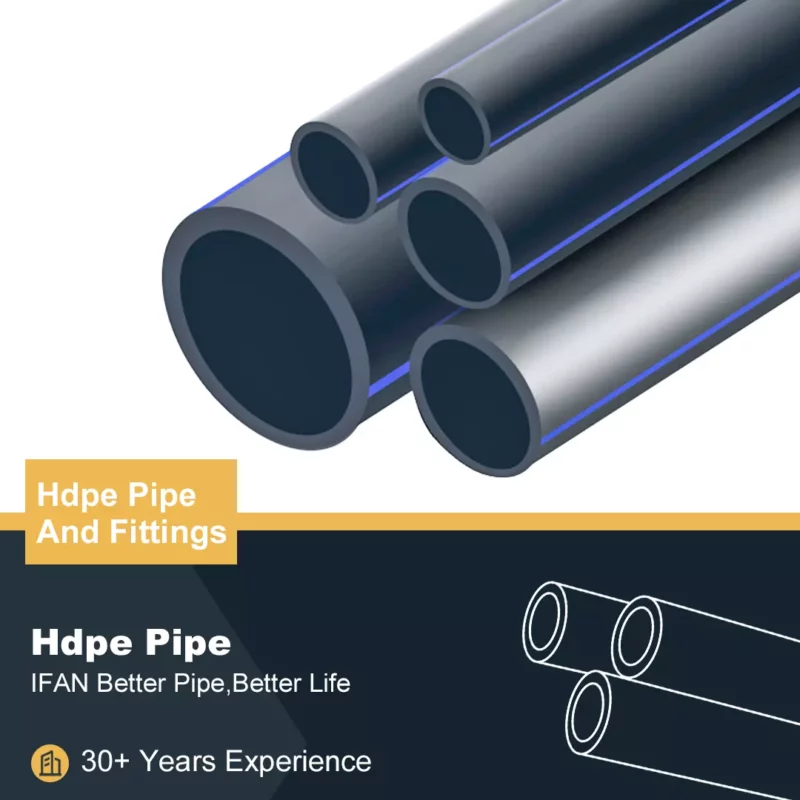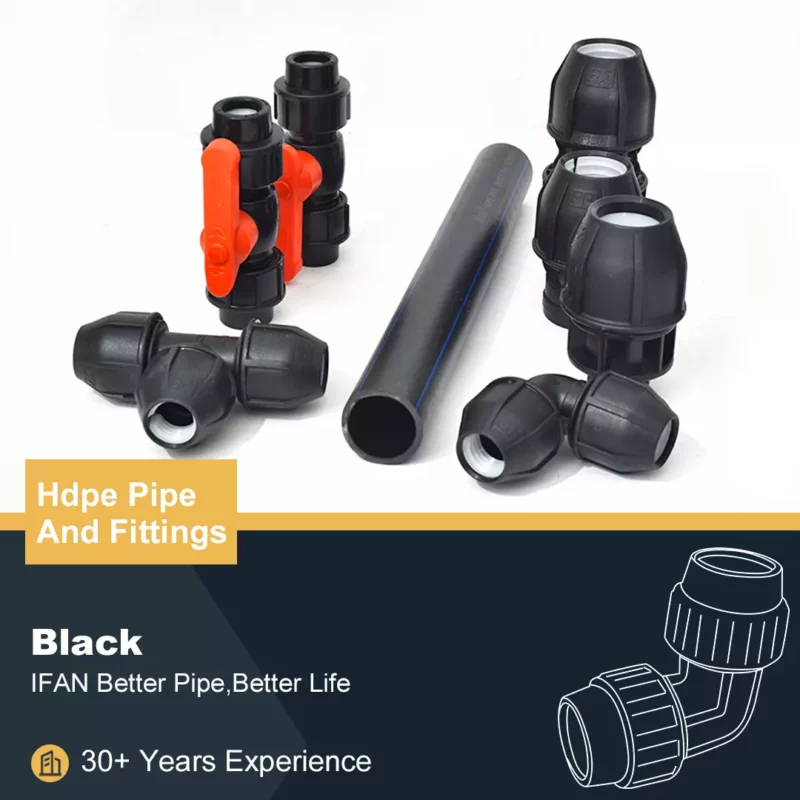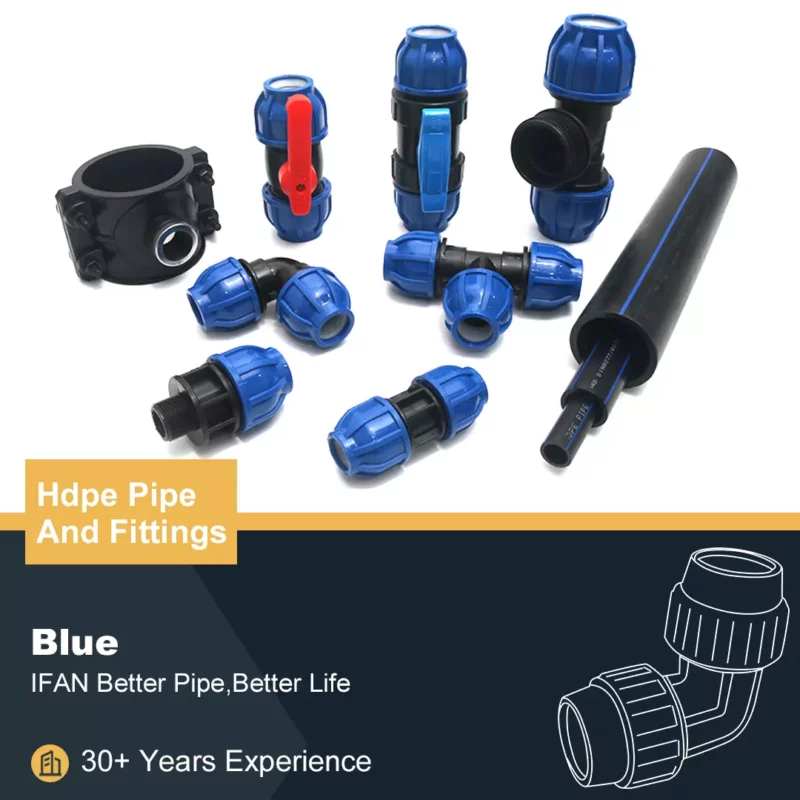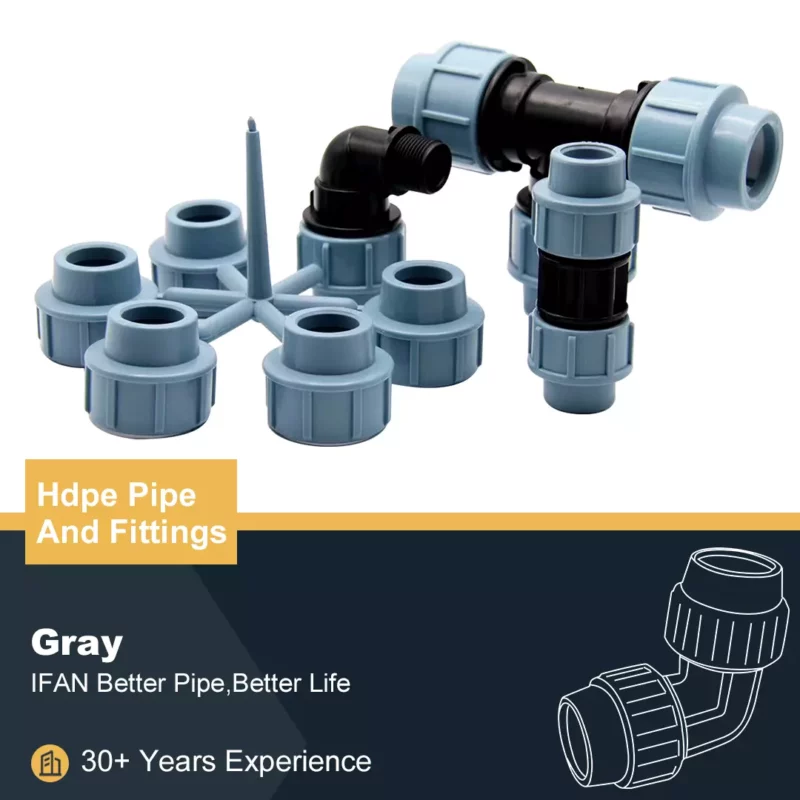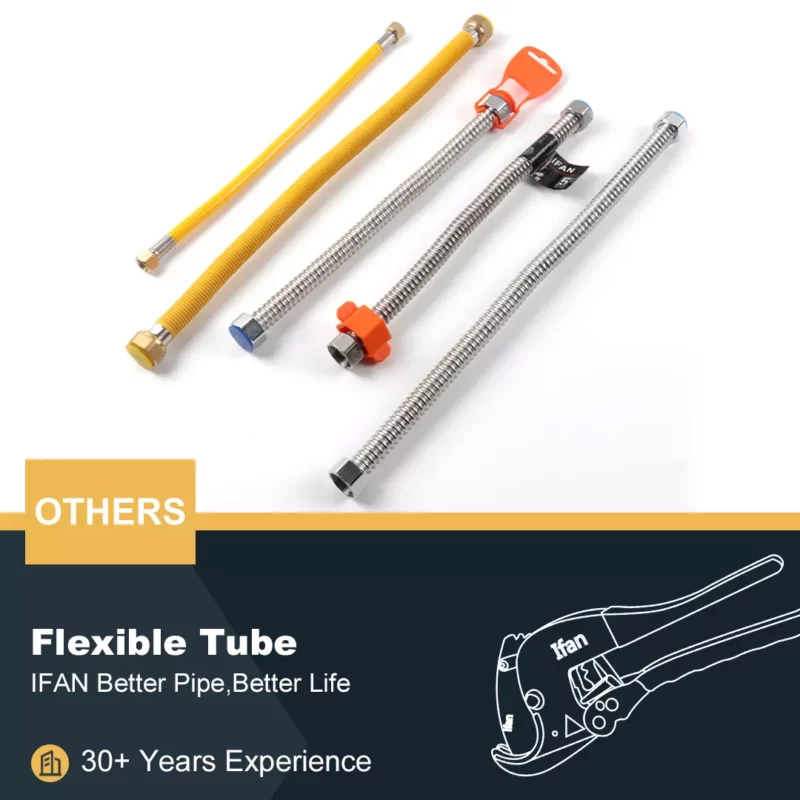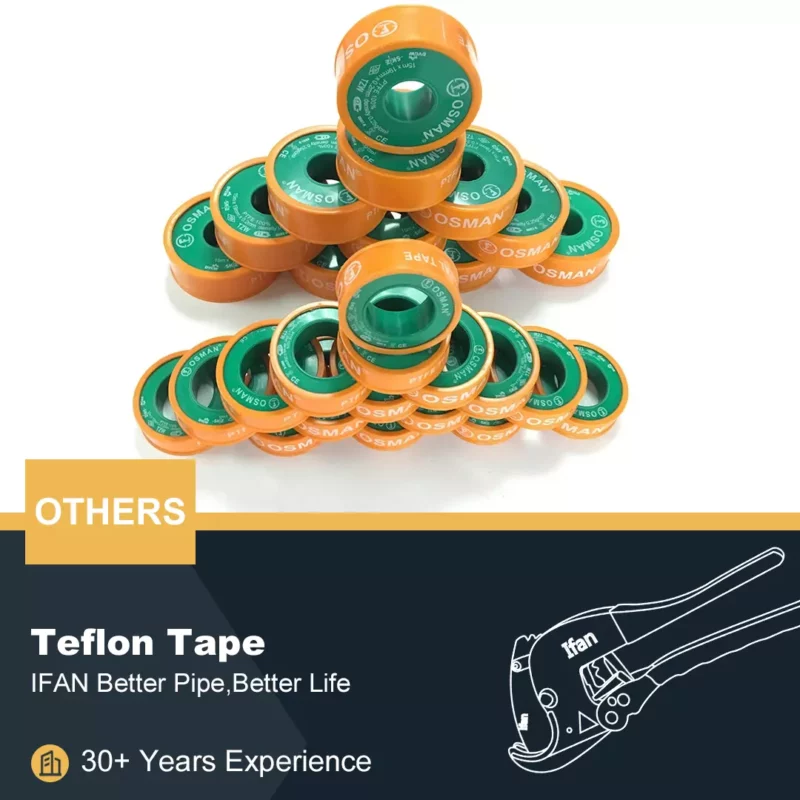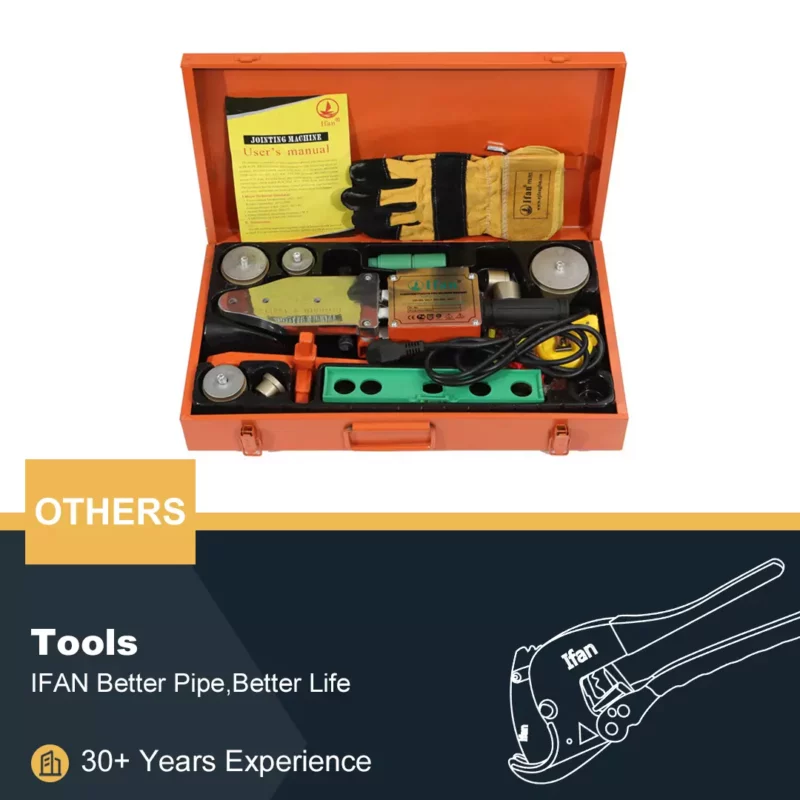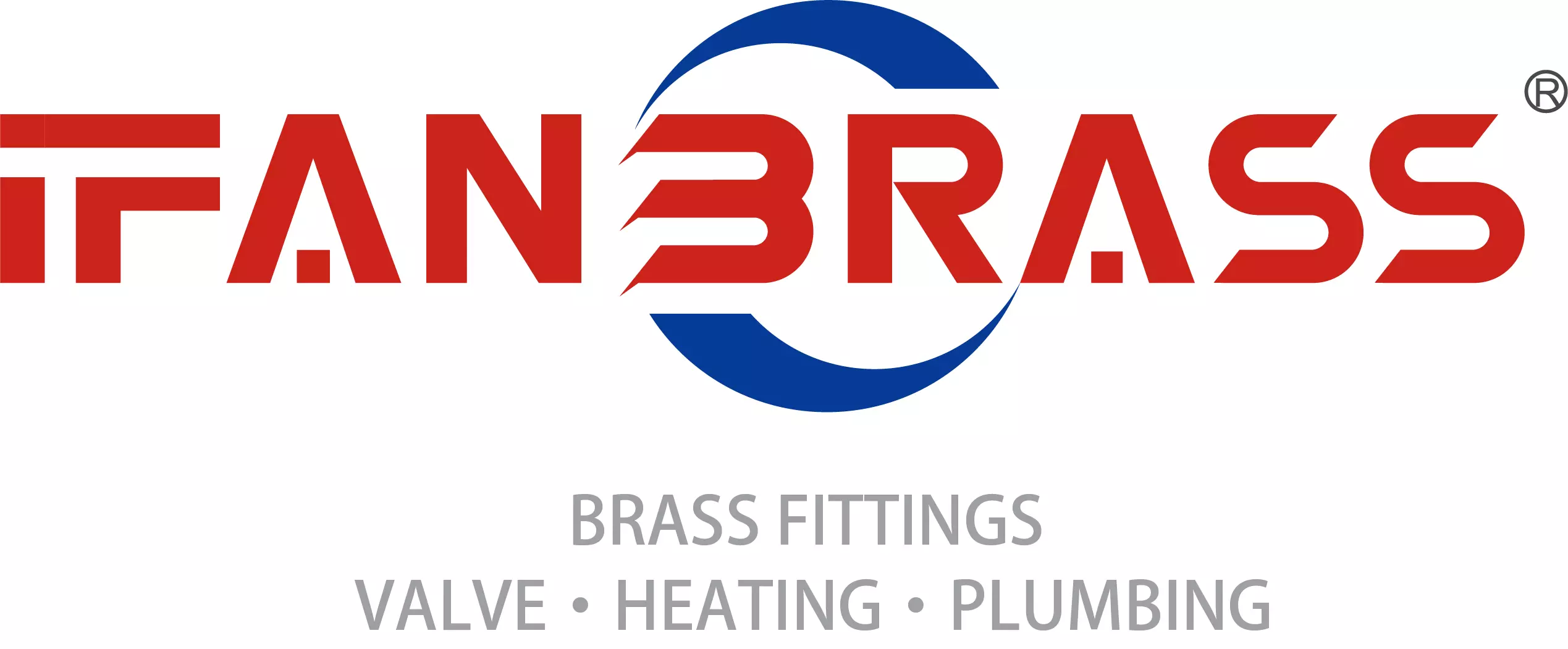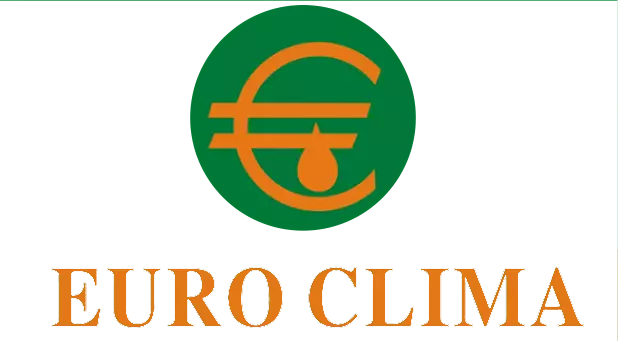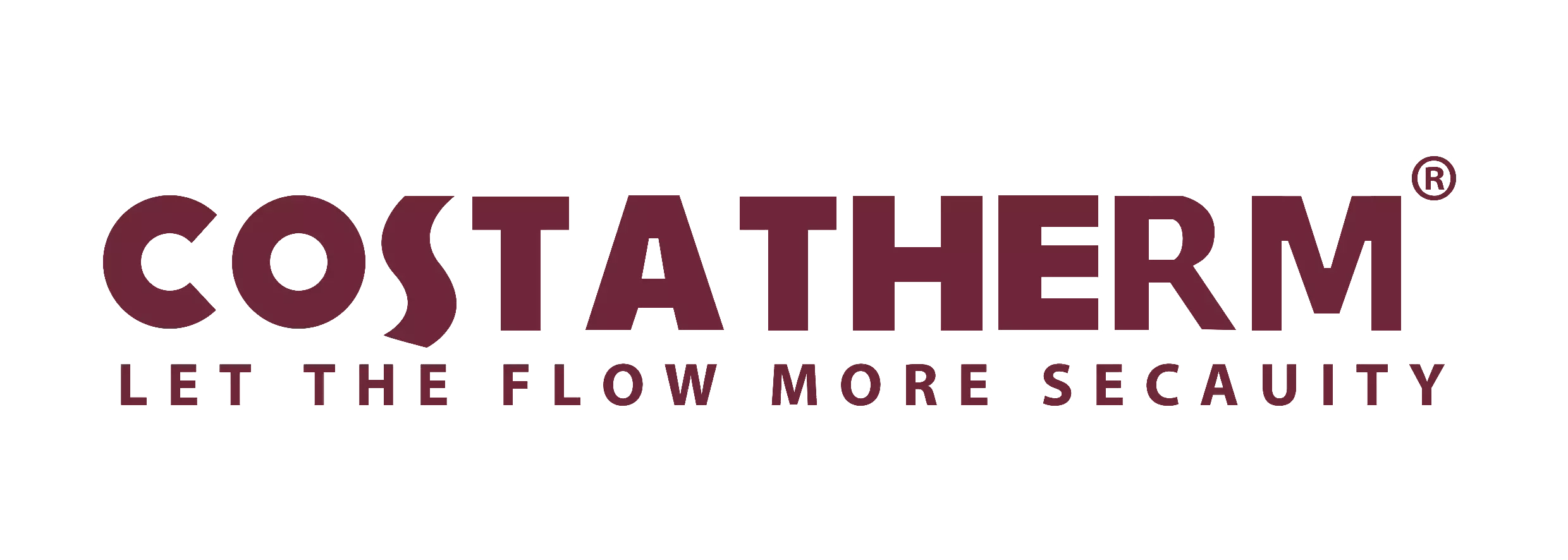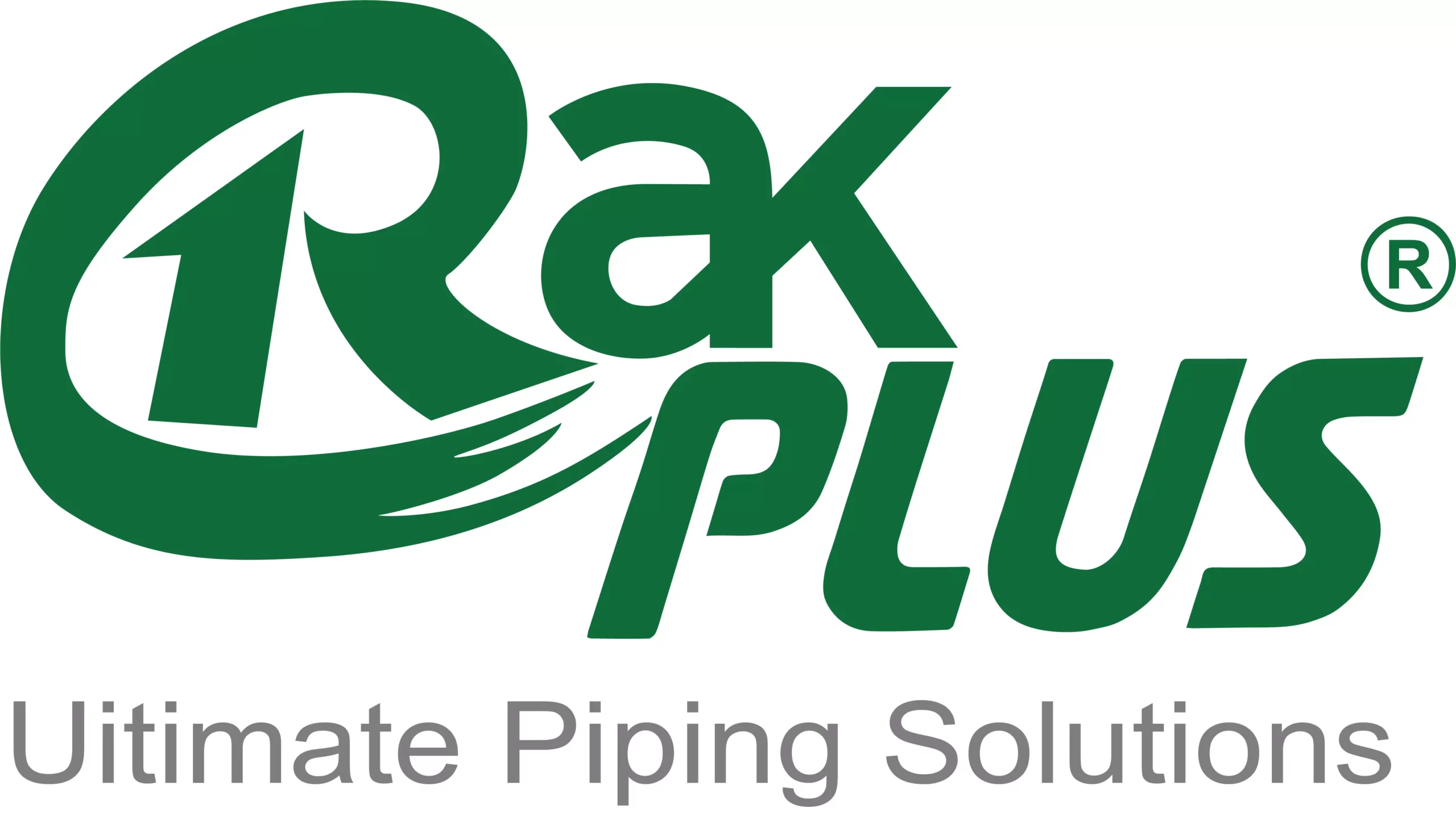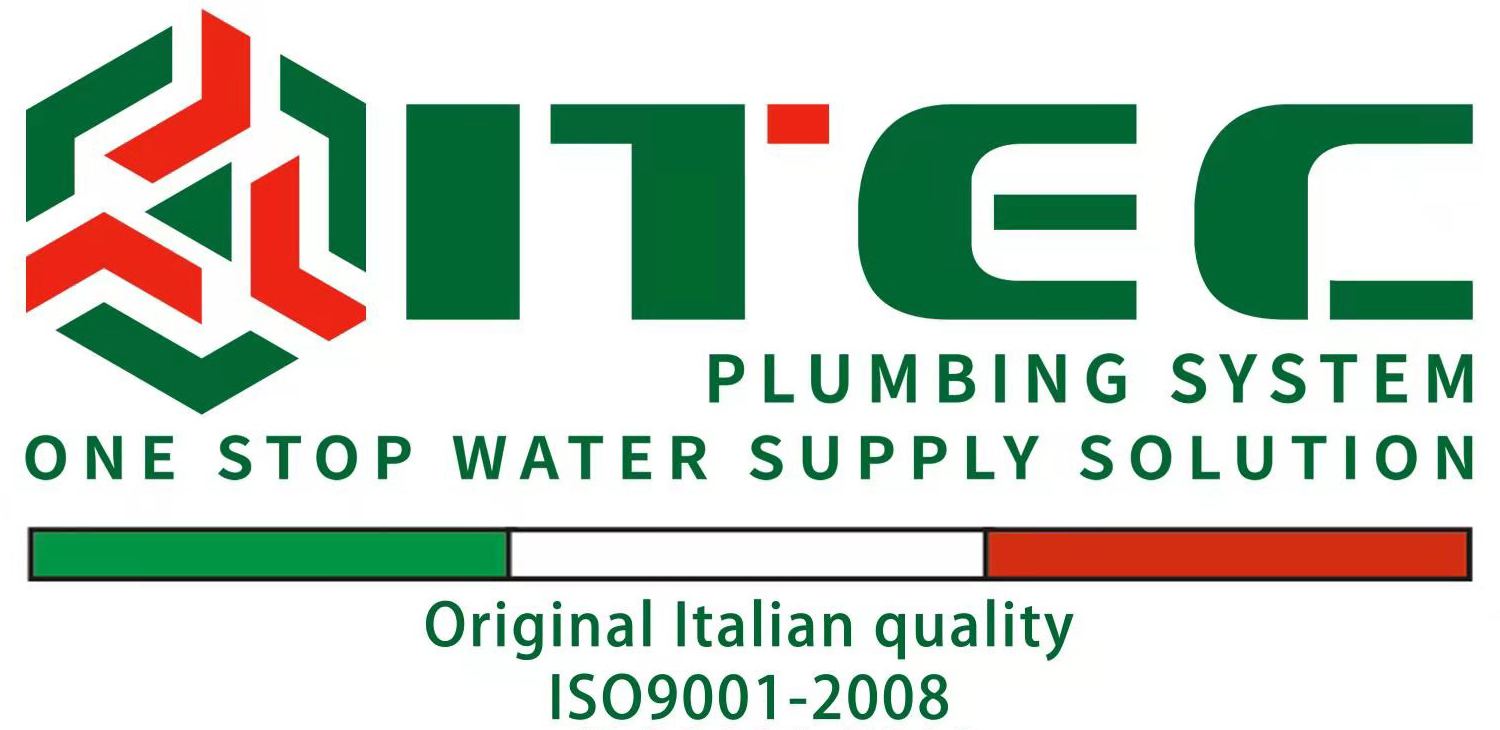PPR Tee fittings are essential components in agricultural irrigation systems. Their unique properties make them well-suited for various irrigation needs, enhancing the efficiency and reliability of water distribution. This article explores the key aspects of PPR Tee fittings in agricultural irrigation, detailing their advantages and providing practical examples.
Benefits of PPR Tee in Irrigation
1. Durability: they are known for their long-lasting durability. Made from Polypropylene Random Copolymer (PPR), they resist cracking and breakage under pressure. This durability is crucial in irrigation systems where fittings are often exposed to varying environmental conditions.
2. Chemical Resistance: Agricultural irrigation systems frequently use water mixed with fertilizers and pesticides. PPR Tee fittings are highly resistant to chemicals, ensuring that they do not degrade over time. For instance, in systems that use chemical-laden water, they maintain their integrity and performance.
3. Temperature Tolerance: they can handle a wide range of temperatures. They are designed to perform well in both cold and hot water applications. This feature is beneficial in regions with fluctuating temperatures, where irrigation systems need to function reliably year-round.
4. Low Friction Loss: The smooth internal surface of them fittings reduces friction loss in the irrigation system. This ensures efficient water flow and minimizes energy consumption. In a drip irrigation system, for example, the low friction loss helps in maintaining consistent water pressure across the network.
Practical Applications in Agriculture
1. Drip Irrigation Systems: PPR Tee fittings are widely used in drip irrigation systems to branch out the mainline into multiple smaller lines. This allows water to be distributed evenly to various plant beds. For instance, in a vineyard, they help in directing water precisely to each row of grapevines, improving water efficiency and crop yield.
2. Sprinkler Systems: In sprinkler irrigation systems, PPR Tee fittings play a crucial role in creating a network of pipes that deliver water to different parts of a field. They help in connecting the main line to lateral lines that lead to the sprinkler heads. For example, in a large vegetable farm, PPR Tee fittings ensure that water is distributed evenly to all sections of the field.
3. Flood Irrigation: PPR Tee fittings are also used in flood irrigation systems where water needs to be distributed across large areas. They help in branching out from the main water supply to different furrows or basins. In rice paddies, for instance, PPR Tee fittings enable efficient water distribution across the entire field, supporting healthy crop growth.
4. Greenhouses: In greenhouse irrigation systems, they are used to create a network of pipes that provide water to various sections of the greenhouse. Their resistance to chemicals and temperature changes makes them ideal for this environment. For example, in a commercial greenhouse growing tomatoes, they ensure consistent water supply to different plant rows.
Installation and Maintenance
1. Installation: Installing PPR Tee fittings in an irrigation system involves connecting them to the main and branch pipes. Typically, this is done using heat fusion, which creates a strong and leak-proof bond. In a practical scenario, installing PPR Tee fittings in a drip irrigation system requires precise alignment to ensure proper water distribution.
2. Maintenance: PPR Tee fittings require minimal maintenance due to their durable construction. Regular checks for leaks and clogs are recommended to ensure the system’s efficiency. For example, in an agricultural setting, inspecting PPR Tee fittings periodically helps in identifying any issues early and preventing water wastage.
Advantages Over Other Materials
1. Cost-Effectiveness: Compared to metal fittings, they are more cost-effective. They offer a good balance between durability and price, making them an economical choice for large-scale irrigation systems. In comparison to metal fittings, which can be prone to corrosion, PPR Tee fittings provide a more cost-effective solution with lower long-term maintenance costs.
2. Ease of Installation: PPR Tee fittings are lighter and easier to handle than metal counterparts. This simplifies the installation process and reduces labor costs. In large irrigation projects, the ease of installation translates to quicker setup times and reduced installation expenses.
3. Environmental Impact: PPR materials are recyclable and have a lower environmental impact compared to metals. Using PPR Tee fittings contributes to sustainable farming practices. For example, in an organic farm, opting for PPR Tee fittings aligns with the principles of reducing environmental footprint and supporting eco-friendly practices.
Case Studies
1. Case Study 1: Vineyard Irrigation: In a vineyard, they were used to branch out from the main irrigation line to various rows of grapevines. This setup improved water distribution efficiency and helped in achieving a higher grape yield. The fittings’ resistance to chemicals used in vineyard management further enhanced their performance.
2. Case Study 2: Vegetable Farm: A large vegetable farm implemented PPR Tee fittings in their sprinkler system. The fittings enabled even water distribution across the entire field, leading to improved crop health and yield. The low friction loss feature ensured consistent water pressure, contributing to the farm’s overall efficiency.
3. Case Study 3: Greenhouse: In a commercial greenhouse, PPR Tee fittings were used to establish a network for watering different plant sections. The fittings’ temperature tolerance and chemical resistance ensured reliable performance in the controlled environment of the greenhouse. This setup supported optimal plant growth and production.
IFAN International Standard for PPR Tubing
IFAN recognizes several important standards for PPR (polypropylene random copolymer) piping systems to ensure their quality and performance. These include ISO 15874 and EN 15874, which set international standards for PPR pipes and fittings; ASTM F2389, which specifies requirements for PPR pipes used in pressure applications; DIN 8077/8078, which provides specifications for PPR pipes and fittings in Germany; GB/T 18742, which covers PPR pipes in China; and NBR 15884, which outlines standards for PPR pipes and fittings in Brazil. These standards collectively ensure that PPR products meet rigorous global quality and performance criteria.
Conclusion
In summary, PPR Tee fittings are highly effective components in agricultural irrigation systems. Their durability, chemical resistance, and temperature tolerance make them suitable for various irrigation methods, including drip, sprinkler, and flood irrigation. With their ease of installation, minimal maintenance requirements, and cost-effectiveness, PPR Tee fittings contribute to efficient and sustainable irrigation practices. Through practical applications and real-world case studies, it is clear that PPR Tee fittings play a vital role in enhancing agricultural productivity and ensuring reliable water distribution.
If you have read this article and have any questions, please feel free to contact IFAN. Below is our contact information:
Whatsapp:+86 13373827623
Email:[email protected]

